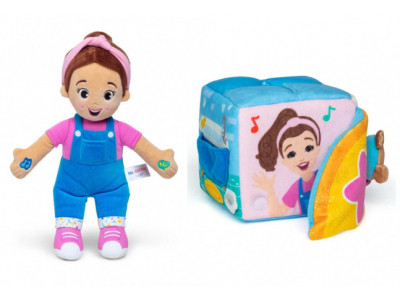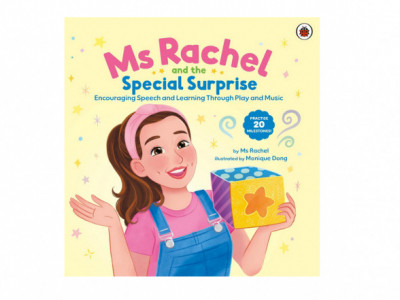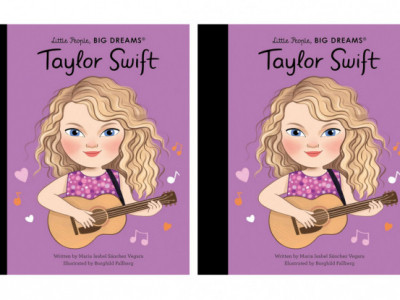In 2016, the UNICEF report card #13, entitled, "Fairness for Children" explores the depths of inequality in children's well-being across the world's richest countries. The report covers and defines Canadian children's perceived life satisfaction.
According to the report, "The UNICEF Index of Child Inequality reveals how far rich countries allow their most disadvantaged children to fall behind the 'average' child in aspects of health, education, income and life satisfaction." Note that this is not a comparison between the wealthy and those living in poverty in Canada, but rather, the disparity ranging between the median income family in Canada and the one who is at the poverty line. Further clarified in the UNICEF report is that "Canada is one of the more unequal societies for children and youth, ranking 26th of 35 nations. Over the past decade some of the gaps in health, education and other aspects of their lives have widened, while others have remained stable or improved."
The UNICEF report delves deeper into why almost one in 10 Canadian children ranked life a four out of 10 on a scale where zero means 'the worst possible life for me.' I was disheartened to see that shocking revelation. Besides the dim outlook on the UNICEF report, 25 percent of Canadian adolescents reported one or more health complaints daily, consisting of headaches, stomach upset, trouble sleeping and more. These complaints are well-known in society to be derived from psychological aspects, and are indicative that resolution should be sought to alleviate the physical and mental health issues and to increase life satisfaction among our Canadian children to a higher and acceptable level of 'life satisfaction.'
I was deeply affected by this report. How can it be possible that 10 percent of Canadian children rank their lives closely to being 'the worst possible life for them?' Ten percent doesn't seem really high until you put it into real life perspective. It means two or three kids in any one Canadian classroom feel this way (assuming there are 20- 30 students in a classroom.) That is too many! And of those 20-30 adolescent students in any Canadian classroom, between five and eight of them are experiencing daily health issues such as headaches, stomach upset and difficulty sleeping.
While this report is definitely indicative that something is amiss in our nation in regards to providing our children with a more equal balance despite the disparity in income, I don't feel that this disparity is the sole reason for such unhappiness in our children. Remedying the disparity that affects perceived life satisfaction in Canada, is however, clearly part of the issue and is an important one that needs immediate addressing.
It stands to reason that the children in Canada who are the 'have-nots', who are living side by side with those who are the 'haves' would feel discouraged and unhappy about their perceived life satisfaction, as they are put within easy sight of the child (at school, for example) who has 'everything' while they have 'nothing.' It may not be that way in actuality, but it can certainly feel that way to a child. Children lack foresight enough to realize that they will not be going through their childhood for their entire life. Only when they grow older will they see that things can eventually be different.
Often times kids don't even feel as though they belong in school. If we can provide them with a safe place at home to feel a huge part of something good, this can help immensely. Kids need to feel part of a family, have good relationships and spend time with their loved ones. Even when families are together, often times each is doing their own thing. So this is one thing we as parents can do to help our children no matter where we lie on the income scale.
There are more factors yet to take into consideration when analyzing perceived levels of life satisfaction among Canadian children:
Why do many Canadian children rate their perceived life satisfaction so low? Don't we give our children in Canada 'so much' in life already? We are a nation with easy access to extracurricular activities at school, as well as community groups, clubs and organizations for kids and teens. Although not all activities are available for the ones at the poverty line, the activities in school are usually free, and if not, fees have sometimes been waived at the school administration's discretion. There are also some government funded after school programs that have fun activities, and free summer camps.
Aren't we helping to prepare them for the future and teach them about how to be successful in life? By enrolling our children into these programs, we help their social skills, athletic skills, artistic skills and more. When is it going to be enough to make them happy?
Sadly, the answer is probably derived from this polar opposite question - when did it start to be too much? When, for example, did that child change their mindset from enjoying being on a hockey team, to feeling dread at the thought of going to practice or playing in a game? Is encouraging them to persevere the right solution? There are no easy answers to this because every child is an individual person having a different set of needs that have to be fulfilled in order for them to be happy.
Today's parents often seem to view 'how many sports, clubs, after school activities, arts programs and summer camps' can we give to Johnny as a precursor to becoming a success. To take this idea one step further, parents are highly praised in society for promoting many extracurricular activities and perhaps doing so helps them feel they are keeping up with the Joneses.
I have heard parents openly boast about how many 'extras' they have their children in and at times it has left me wondering how much quality time they spend with their children. It is typically viewed in our society that these programs are giving Johnny a well balanced 'life education.' To a certain degree it may hold true that the more activities that a child is exposed to, the more it can enhance skill level, experience and even aspirations for a child. But on the same token sometimes it creates additional stress and pressure on our kids that they just don't need.
We can help to address issues that Canadian children face on a daily basis by supporting them as individuals. They need to know that we have an understanding and respect for their unique situation and personality. It would help to take a step or two back from society's or even our own standards of achievement and encourage them to embrace their individual aspirations. If children hear 'I trust you. I believe in you,' then they gain a self-esteem and confidence level that can help them to achieve their independent goals.
Parenting has been a balancing act from the dawn of time, and will always remain so. With the government studying and working on the aspects of disparity alongside of us, our children will surely be able to feel happier on the next report card that UNICEF writes.
What sort of factors or issues do you think promote or decrease a Canadian child's perceived happiness? How much do you think financial disparity between the median and those at the poverty line, are affecting our kids? If you have comments you would like to share, please do so! We would love to hear from you!
(2016). Fairness for Children. A league table of inequality in child well-being in rich countries, Innocenti Report Card no. 13, UNICEF Office of Research - Innocenti, Florence






















Comments